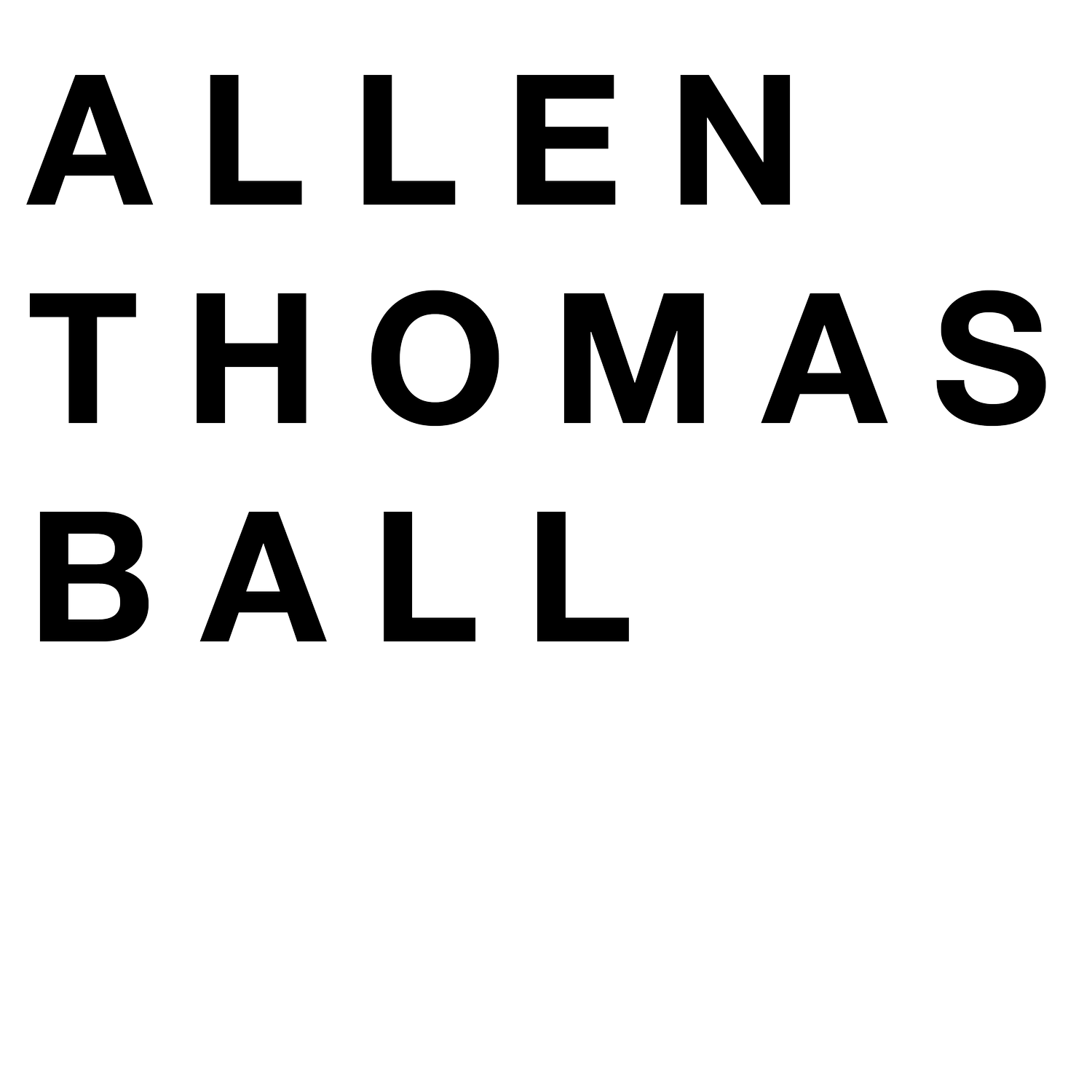Ain’t It Grand?
This exhibit presents a metaphorical woodland landscape in the United States. As viewers journey deeper into the exhibit, they encounter a transformation from a pristine forest to a suburban development. This transition is a backdrop for exploring the interplay between nature, society, and perception, featuring a collection of found objects arranged to create metaphors and caricatures of American life and societal attitudes. These works often have titles like Love Thy Neighbor, Forest for the Trees, Matter and What it Means, and Ain’t It Grand? contrasting with the physical objects, inviting viewers to contemplate more profound meanings.
Working scale model of Matter and What it Means
The installation consists of two artworks (Longleaf and Plywood), found objects, 2x4 lumber and framing elements, a tiled reflecting pool of water on 2x4 cribbing, Tyvek wrap, mirrors, crumpled stainless steel sheets, bricks, and branches suspended with narrow-gauge stainless steel cables. Viewers can walk through the installation and interact with elements such as the reflecting pool of water, which reflects dancing sepia toned water caustics on the gallery's ceiling.
Outline
Matter and what it means
Metaphorical woodland landscapes
The viewer starts in the middle of a forest and sees more signs of activity the further they venture into the exhibit
Encounters a suburban development and culminating in the installation outlined in the model (the working title is Forest for the Trees)
Works that are metaphors/caricatures of American life, and societal attitudes through arranged found objects from around the US with titles like Love Thy Neighbor and Holler-point.
The titles will often contradict the physical work
Ceramic versions of my Trace series with more organic forms.
Reflecting pool of water, which reflects dancing water caustics on the gallery's ceiling
Artworks
Longleaf, 2017 - 2024
2x4 studs, plywood sheathing, Longleaf pine bark, beeswax
48” x 92” x 5”
Model of the back of Plywood and Longleaf
Plywood, 2017 - 2024
2x4 studs, plywood sheathing, Slash pine bark, beeswax
48” x 24” x 5”
No Tresspassing, 2024
Hand-made oil paint from foraged clays on linen
18” x 34”
Love Thy Neighbor, 2024
Oil, clay, hide glue, lapis lazuli on jute
28” Dia.
Working sample for Aint it Grand which will be pinned to a hay bale.
Example of a hay bale target
This series of works is based on a prominent medieval cosmographic model in The Creation of the World and the Expulsion from Paradise by Giovanni di Paolo.
Traditionally, rainbows symbolized a beacon of hope, love, happiness, and acceptance; now weaponized in the political arena, they are a target for those opposing LGBTQ+ rights and progressive ideals.
Depictions of this type are based on the notion that the universe is constructed from nesting sets of rotating spheres with each planet affixed to its corresponding sphere. They represent a time when scientific knowledge aligned closely with religious dogma in the West. Plato, Aristotle, and Ptolemy promoted the protoscience of cosmography, which aligned with Biblical teachings. This deepened the rift between science and religion, as evidenced by the church's persecution of Galileo.
Religion and science weren’t always so opposed, as documented in the Islamic Golden Age when there was a greater focus on observation and experimentation.
The Creation of the World and the Expulsion from Paradise, Giovanni di Paolo
Constellation sample
“Constellation” - elements are to be made of rough pit-fired clay and painted in hand-made distemper paint
The Trace series represents deep time and impermanence, they’re made from found materials, charcoal, beeswax, and soils from hikes around the United States. The collected soils are slaked, ground by hand, and mixed with oils and mediums to make paints that are applied to linen, panels, found lumber, or pit-fired ceramic tablets. Then while still wet they are taken on subsequent hikes; the bruises and scratches they accumulate are documents of their making. The works represent a foundation of our shared physical existence, their impermanence; a symbol of the past, present, and the future.
(unfired in photo) The first iteration of pit-fired clay tablets - may have portions covered in oxidized silver leaf, dark bole, and clay-based distemper paints in various contrasting colors (greenish-gray, red, red-brown, pale manganese violet clay, yellow, black)
Trace 95
Hand-made oil paint from foraged clays on linen
8” x 10”














